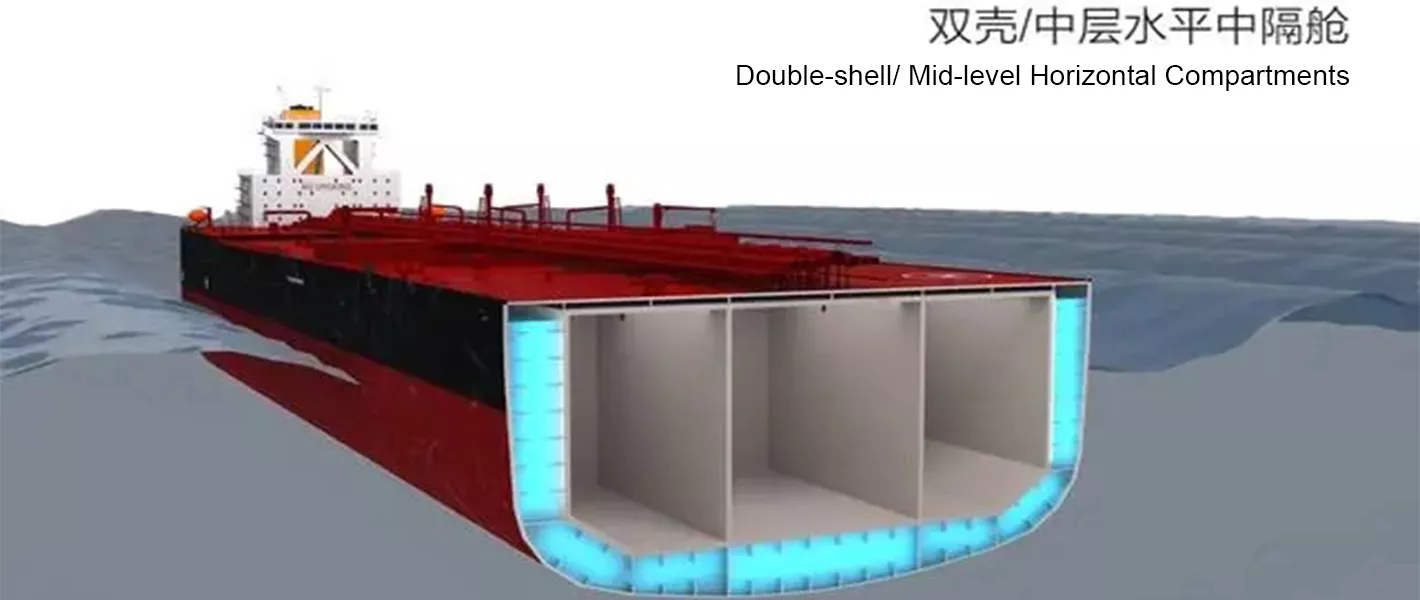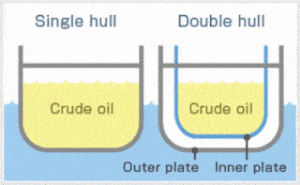A double-hull tanker is a type of ship designed with two layers of watertight hull surfaces instead of one, significantly reducing the risk of oil spills. This design improvement was driven by catastrophic oil spills, including the Exxon Valdez incident in 1989. Since then, the International Maritime Organization (IMO) and other regulatory bodies have mandated the use of double-hull designs for oil tankers worldwide.
Why Do Oil Tankers Have Double Hulls?
The primary reason for adopting the double-hull design is to enhance safety and environmental protection. The space between the inner and outer hulls provides a protective barrier that reduces the likelihood of oil leaking into the ocean if the outer hull is breached due to collision, grounding, or structural failure. Additional advantages include:
- Improved structural integrity and reduced risk of catastrophic failure.
- Easier maintenance and inspection compared to single-hull tankers.
- Better compliance with international regulations on oil spill prevention.
Single Hull vs. Double Hull: Key Differences
Before double hulls became the standard, single-hull tankers had only one layer of steel between their cargo and the sea. This design made them highly vulnerable to spills in case of damage. The main differences include:
| Feature | Single Hull Tanker | Double Hull Tanker |
|---|---|---|
| Structural Safety | High risk of leakage | Reduced risk due to secondary containment |
| Environmental Impact | Higher likelihood of oil spills | Safer in case of collisions or groundings |
| Regulatory Compliance | Phased out due to environmental concerns | Required for all new oil tankers |
Single Hull Tanker Phase-Out Date
Following the MARPOL Annex I amendments, the phase-out of single-hull tankers was implemented gradually:
- The IMO regulation required all single-hull tankers to be retired by 2015, with some exceptions granted under specific conditions.
- Many major oil companies and port authorities refused to charter single-hull tankers before the IMO deadline, accelerating their retirement.
Double Hull Requirements for Bulk Carriers
Unlike oil tankers, bulk carriers do not carry liquid cargo, but they face structural challenges due to heavy loads and stress distribution. While double hulls are not mandatory for all bulk carriers, the IMO recommends enhanced structural integrity measures, including double bottoms, to improve safety.
Double Bottom vs. Double Hull
- Double Bottom Ship: A vessel with a reinforced second bottom layer but not necessarily a complete double-hull structure.
- Double Hull Ship: A vessel with two separate hull layers covering the entire cargo area, providing full protection against external damage.
Comparison Table
| Feature | Double Bottom Ship | Double Hull Ship |
|---|---|---|
| Structural Protection | Protects against grounding damage | Protects against collisions and groundings |
| Regulatory Compliance | Required for many cargo ships | Mandatory for oil tankers |
| Environmental Impact | Limited spill protection | High spill prevention |
Double Hull Tanker Regulations
- MARPOL Annex I (International Convention for the Prevention of Pollution from Ships) mandates double hulls for oil tankers above 5,000 DWT.
- OCIMF (Oil Companies International Marine Forum) has additional safety guidelines for tanker operations.
- EU Regulations have further strengthened double-hull requirements for tankers operating in European waters.
Double Hull Submarines: A Similar Concept
The double-hull design is not exclusive to tankers. Submarines also use a double-hull system:
- Outer Hull: Provides hydrodynamic shape and some protection.
- Inner Pressure Hull: Withstands the underwater pressure and protects the crew.
How Does a Double Hull Help Prevent Oil Spills?
- The gap between the two hulls provides extra time for intervention before an oil spill occurs.
- Some designs use the inter-hull space to store ballast water, which improves stability and minimizes pollution risks.
Conclusion
Double-hull tankers have revolutionized maritime safety and environmental protection. Through enhanced regulations, structural improvements, and increased awareness, these vessels have significantly reduced the risk of oil spills compared to their single-hull predecessors.



